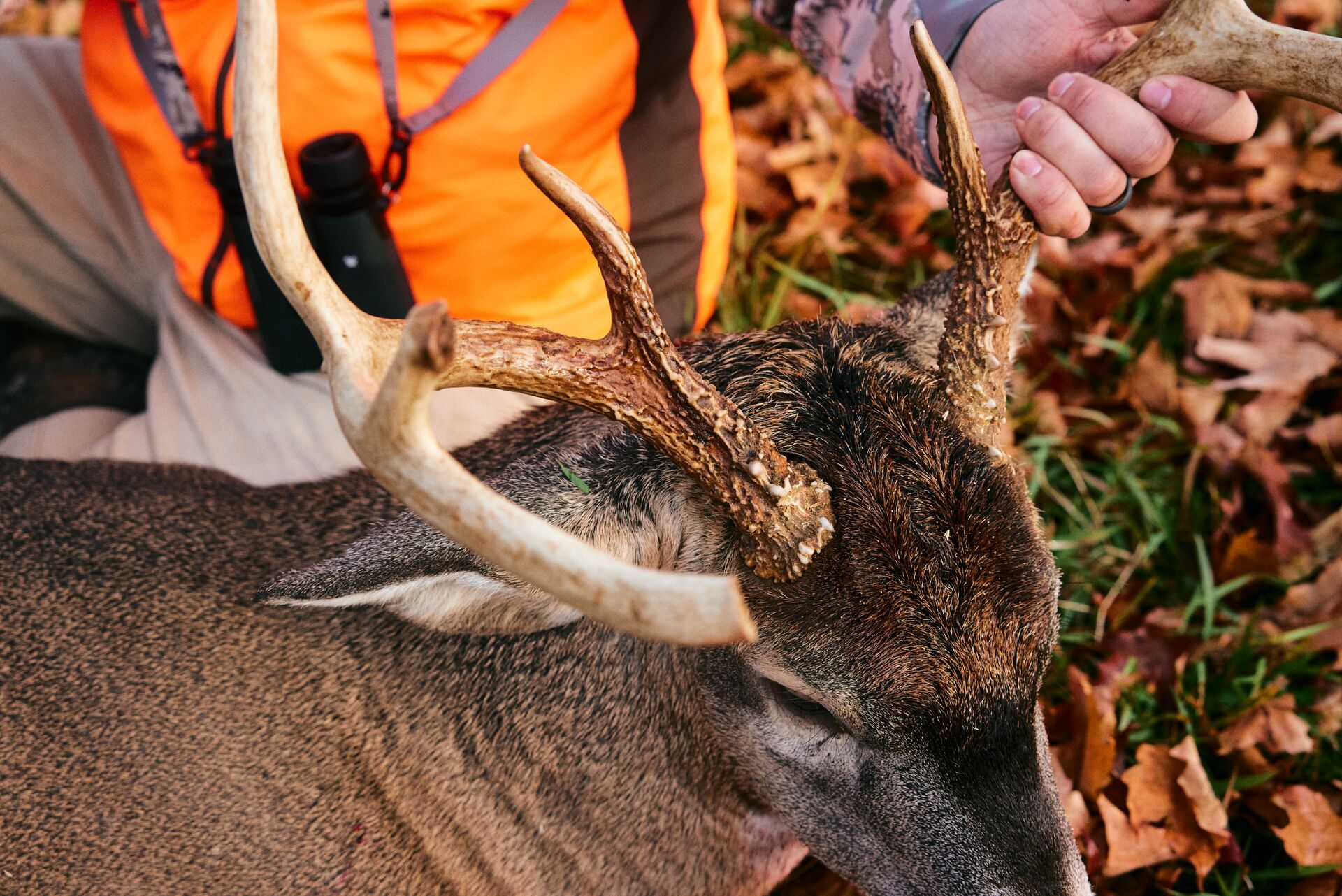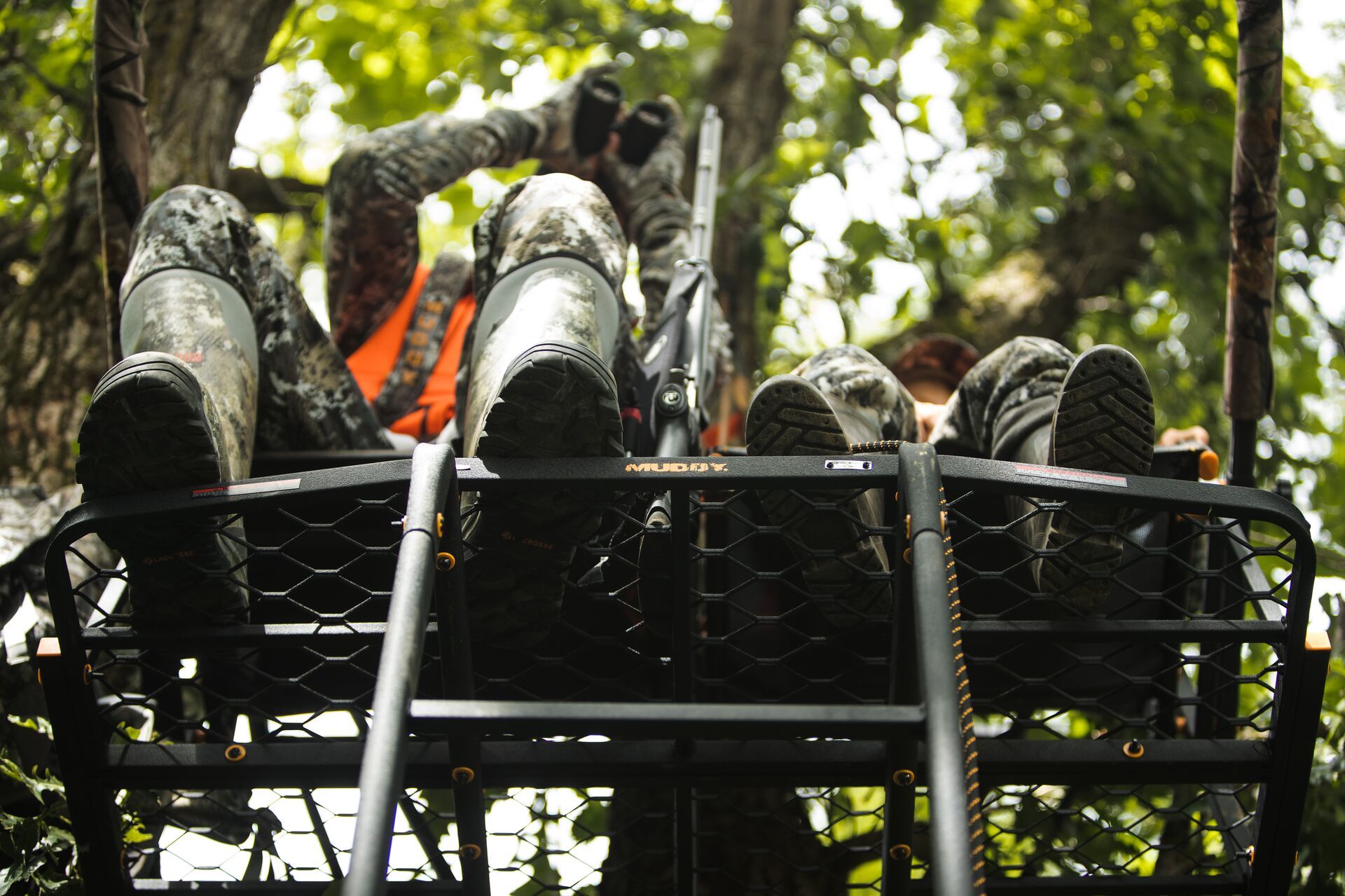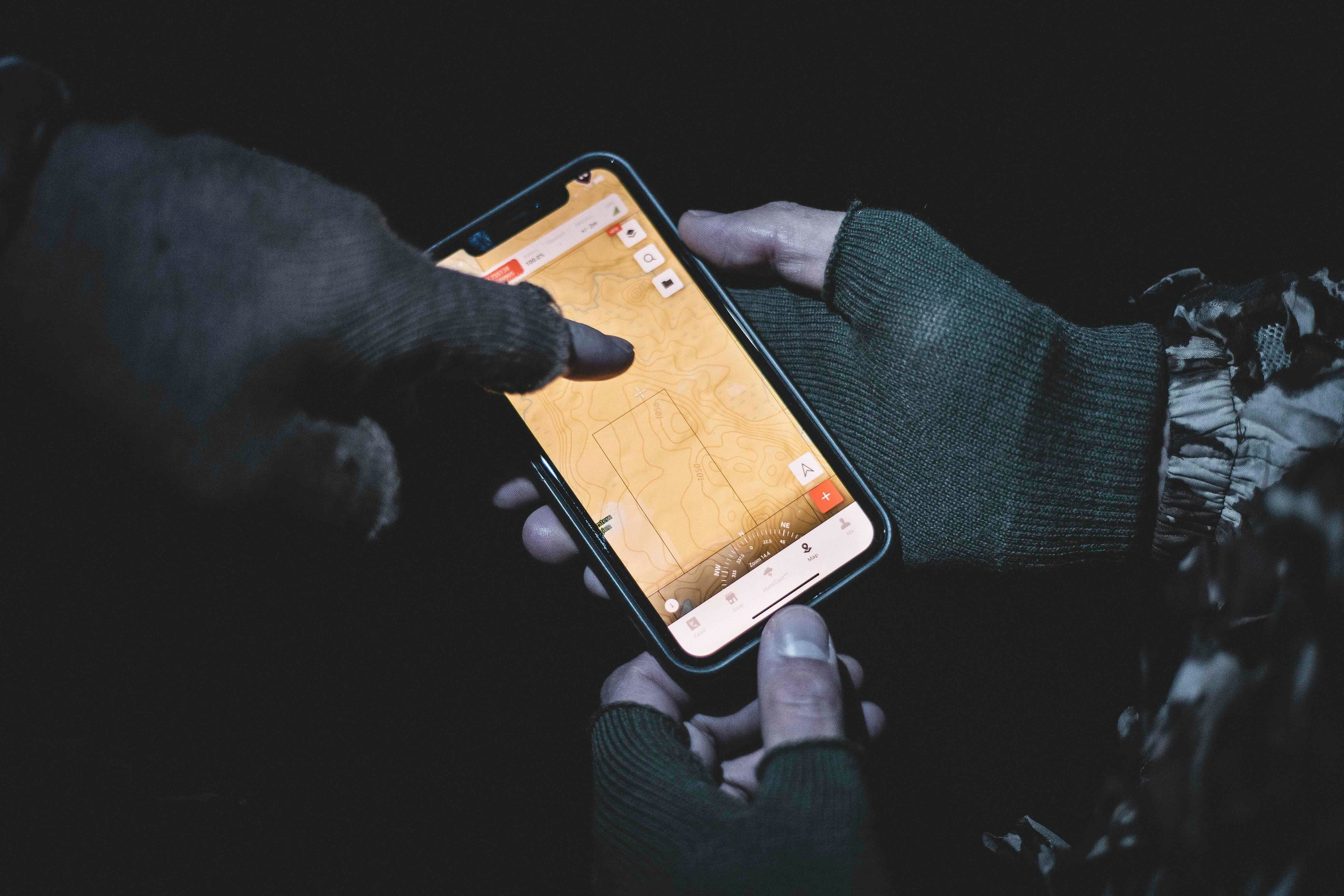Field Guide / Hunting Tips
6 Deer Tracking Tips for After the Shot
One crucial thing hunters can almost never know enough about is tracking a deer after a shot. Every hit is different. While you can hope for a deer that falls and stays right where it was when you hit it, they often keep moving and walking for some time.
Previous in Hunting Tips
More Content Like This
Calling Bucks During the Rut: 5 Tips for Success
Calling in a deer is one of the most exciting things you can do as a hunter, especially during the rut. It means you are perfectly positioned and communicating directly with the nearby whitetail. Read More
Read MoreThe Guide to Late-Season Whitetail Hunting
Late-season deer hunting efforts often include a mixed bag of opportunities for mature bucks. Focusing on food, warmth, and less pressure can be the shift in strategy that helps those hours in the cold pay off. Read More
Read MoreHow Barometric Pressure Affects Deer Movement (or Does it?)
It's only natural for us hunters to pay more attention to the weather as deer season approaches. From the sudden cloud coverage on a crisp fall day to the slight drizzle of snow you weren't expecting to the noisy wind shaking the trees, we are aware ...Read More
Read More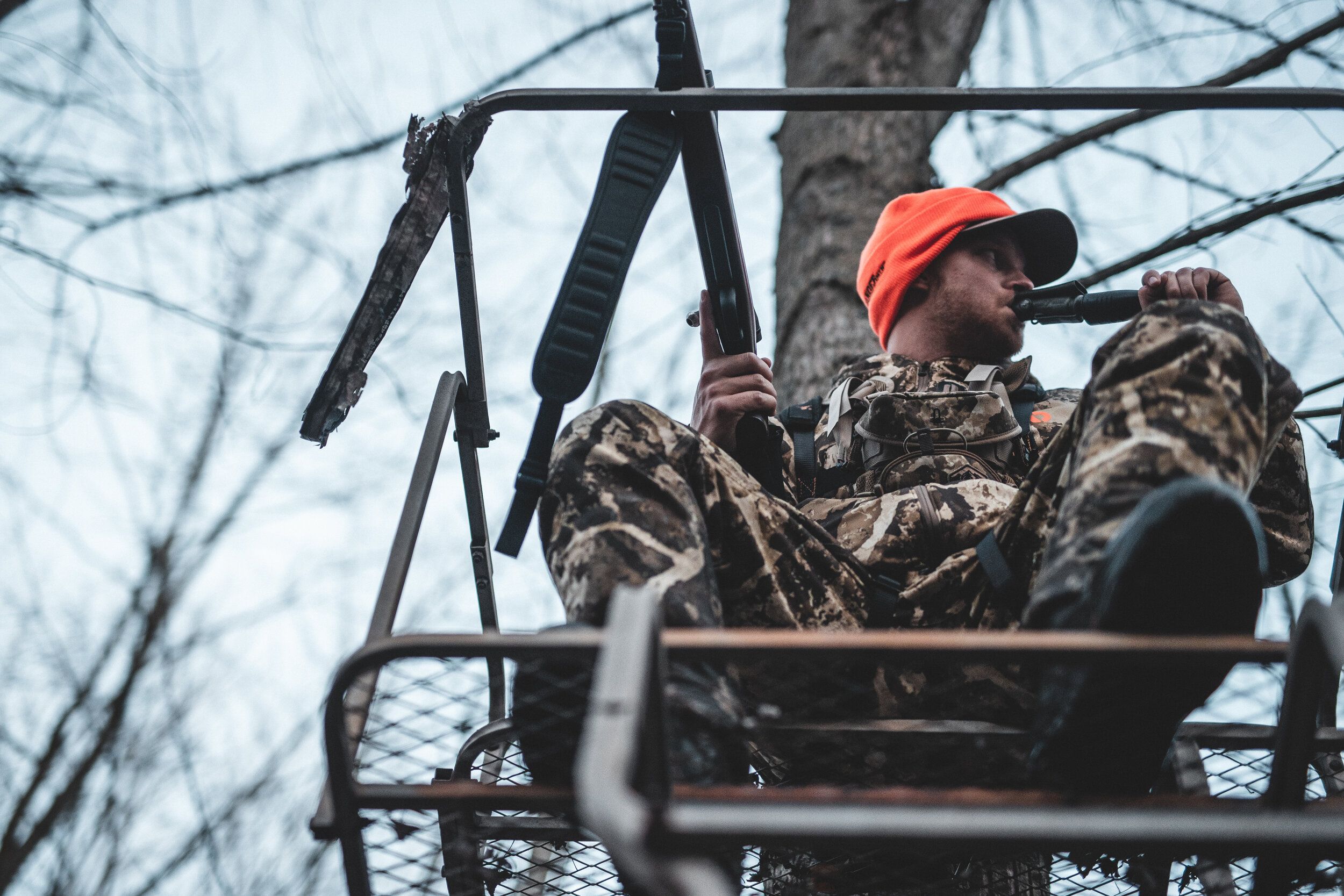 Hunting Tips
Hunting TipsCalling Bucks During the Rut: 5 Tips for Success
Calling in a deer is one of the most exciting things you can do as a hunter, especially during the rut. It means you are perfectly positioned and communicating directly with the nearby whitetail. Read More
Read More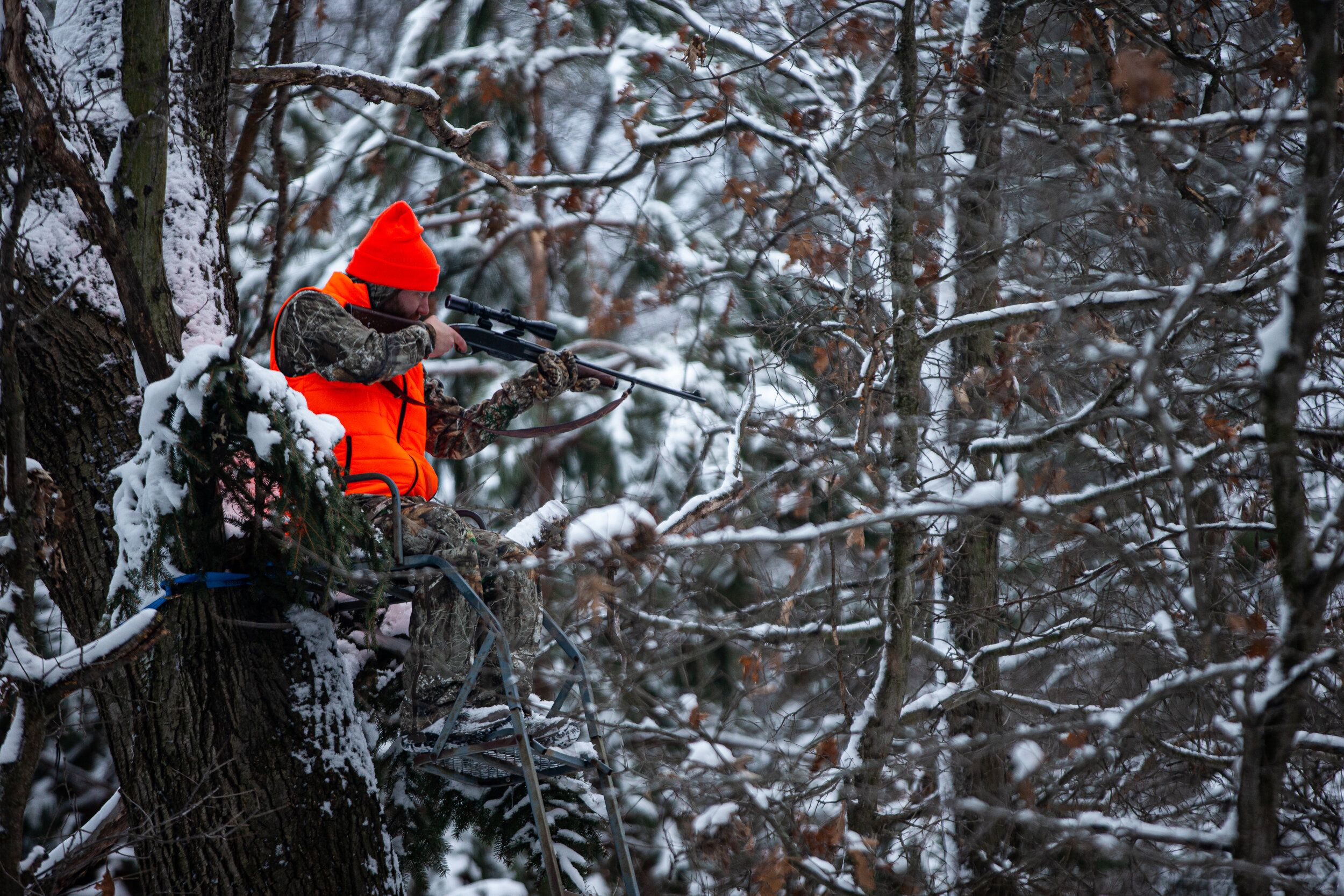 Hunting Tips
Hunting TipsThe Guide to Late-Season Whitetail Hunting
Late-season deer hunting efforts often include a mixed bag of opportunities for mature bucks. Focusing on food, warmth, and less pressure can be the shift in strategy that helps those hours in the cold pay off. Read More
Read More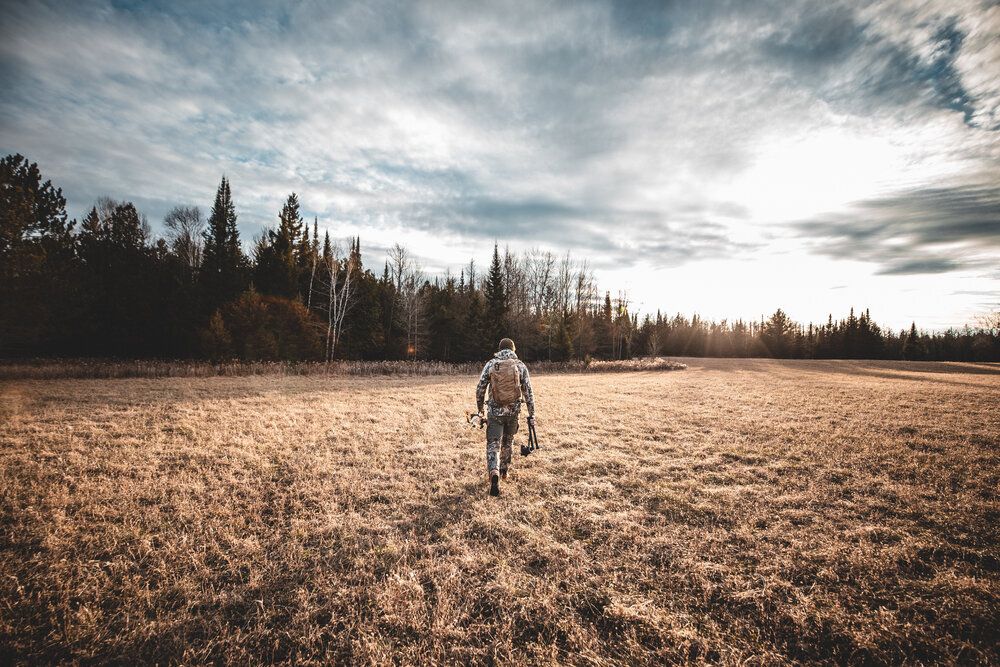 Hunting Tips
Hunting TipsHow Barometric Pressure Affects Deer Movement (or Does it?)
It's only natural for us hunters to pay more attention to the weather as deer season approaches. From the sudden cloud coverage on a crisp fall day to the slight drizzle of snow you weren't expecting to the noisy wind shaking the trees, we are aware ...Read More
Read More
1 of 3
